- Why Stitching & Finishing Matter More Than Fabric Choice
- Look at the Stitching Line: Is It Straight, Tight, and Consistent?
- Inspect the Seams and Folds: The Real Test of Skill
- Check the Alignment of Fabric Grain and Patterns
- Evaluate Cushion Finishing & Shape Retention
- Inspect Piping and Decorative Stitching
- Check Fabric Tension, Smoothness & Overall Fit
- Examine the Backside, Bottom, and Hidden Areas
- Feel Around the Frame Edges and Touchpoints
- Ask About Thread Quality
- Stitching Types in Sofa Upholstery
- Signs of Poor Stitching That Show Up After a Few Months
- Why Choose Topform Furnishing
How to Identify Good Stitching & Finishing in Sofa Upholstery Work Dubai
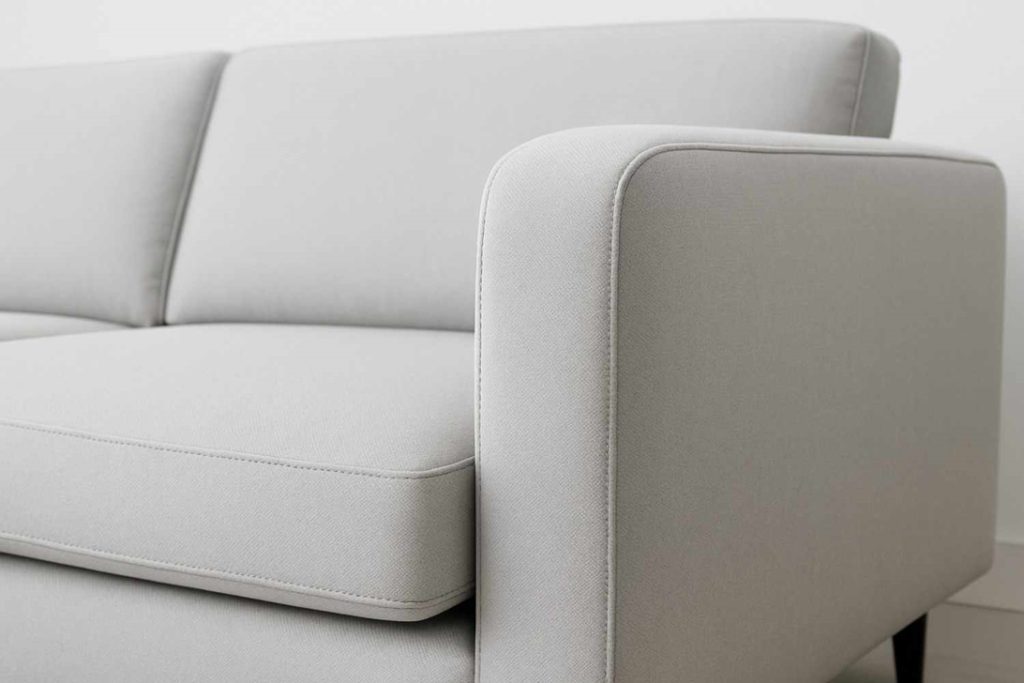
When you invest in sofa upholstery—whether you’re restoring a favourite piece or upgrading your living room—the real difference lies in the stitching and finishing. Even premium fabrics won’t last if the craftsmanship is weak, especially in Dubai’s climate where humidity, dust, and daily use affect furniture.
In this blog, you’ll learn how to identify good stitching, check finishing quality, understand professional upholstery techniques, explore the different stitching types in sofa upholstery, and spot early signs of poor workmanship so you can confidently evaluate any upholstery service.
Why Stitching & Finishing Matter More Than Fabric Choice
Many people assume that choosing expensive fabric is enough—but the fabric is only as strong as its stitching. Poorly stitched sofas show issues within months: opening seams, sagging cushions, fabric wrinkles, or torn corners.
Good stitching and finishing ensure:
- Stronger fabric holding power
- Resistance to daily stretching and movement
- A polished, premium look
- Longer lifespan even in Dubai’s climate
- Better shape retention
- Smooth, wrinkle-free appearance
Essentially, the way your sofa is stitched determines how it will look and feel years later.
Look at the Stitching Line: Is It Straight, Tight, and Consistent?
This is the first and easiest quality check.
Signs of Good Stitching
- Straight stitching lines with no visible wobble
- Even spacing between each stitch
- No loose or hanging threads
- No puckering or fabric pulling along the seam
- Balanced thread tension
Signs of Poor Work
- Crooked or uneven stitching lines
- Loose stitches or visible gaps
- Thread pulling or excess tension
- Wrinkles forming next to the seam
A sofa with poor stitch alignment may start tearing at the seams shortly after use, especially in high-traffic households.
Inspect the Seams and Folds: The Real Test of Skill
Seams are the foundation of upholstery. Poor seams are the first to fail.
Good Seam Finishing Includes:
- Double stitching on high-stress areas
- Lock stitch on major seams to prevent unraveling
- Neat folded edges
- No raw fabric edges showing
- Well-pressed seams that blend cleanly
Poor Seam Finishing
- Open fabric edges
- Frayed corners
- One-line stitching on pressure areas
- Fabric not folded properly
A professional upholsterer reinforces pressure points so your sofa can handle years of usage.
Check the Alignment of Fabric Grain and Patterns
If the fabric has designs like stripes, checks, or florals, alignment is a major quality indicator.
Good Alignment
- Patterns match where two pieces of fabric join
- Stripes run straight, not diagonally
- Cushion top patterns align with the body
- Floral or geometric designs appear continuous
Bad Alignment
- Mismatched prints
- Slanted stripes
- Uneven design placement on cushions
- Random cutting with no symmetry
Pattern alignment takes extra time and fabric, which only skilled upholsterers invest in.
Evaluate Cushion Finishing & Shape Retention
Cushions determine how the sofa looks and feels every day.
Signs of High-Quality Cushion Finishing
- Even foam or filling distribution
- No lumps, dips, or soft patches
- Corners are sharp and well-shaped
- Cushion bounces back after sitting
- No wrinkles forming on the surface
Poor Cushion Quality
- Sagging or baggy appearance
- Lumpy or uneven filling
- Wrinkled fabric
- Cushions lose shape quickly
Good cushioning shows attention to detail and ensures long-term comfort.
Inspect Piping and Decorative Stitching
Piping (cording) is not just decorative—it strengthens the edges.
Good Piping Work
- Smooth, round piping with consistent thickness
- No twists or bumps
- Perfectly straight lines
- Secure, tight stitching along the fabric edge
Poor Piping
- Uneven or flattened shape
- Breaks or bends
- Rough finishing at corners
Piping corners especially reflect how skilled the upholsterer is.
Check Fabric Tension, Smoothness & Overall Fit
Fabric tension determines the sofa’s appearance and longevity.
Ideal Tension
- Smooth, flat fabric surface
- No sagging or bubbling
- Fabric stretched evenly across all sides
- No excess cloth tucked inside
Poor Tension
- Loose or drooping fabric
- Overstretched fabric that may tear
- Uneven tightness
A sofa with poor tension loses shape quickly and looks messy.
Examine the Backside, Bottom, and Hidden Areas
The real craftsmanship shows in the parts you don’t usually look at.
Good Hidden Finishing
- Clean dust cover underneath
- Neatly aligned staples
- No exposed foam or raw fabric
- No threads hanging
Poor Hidden Finishing
- Torn or sagging dust cover
- Staples placed irregularly
- Excess glue showing
- Messy folding inside corners
Professional upholsterers maintain high standards both visibly and invisibly.
Feel Around the Frame Edges and Touchpoints
The internal frame contact points reveal a lot.
Good Finishing
- Foam padding between fabric and wood
- No sharp edges or hard lines
- Smooth transitions between armrests, backrest, and base
Poor Finishing
- Fabric rubbing directly on the wood frame
- Sharp edges visible under the upholstery
- Loose framework
Good padding prevents fabric tearing and improves comfort.
Ask About Thread Quality
Threads hold everything together.
Superior Threads
- Nylon or polyester
- UV-resistant
- Thick, strong, and flexible
- Suitable for the chosen fabric type
Inferior Threads
- Cotton threads that weaken with time
- Very thin threads
- Non-elastic threads that break easily
Good stitching with cheap thread is still a weak sofa—thread quality must match fabric quality.
Stitching Types in Sofa Upholstery
| Stitch Type | What It Ensures | Image |
| Top Stitch | Clean edges, strong seams, neat finish | 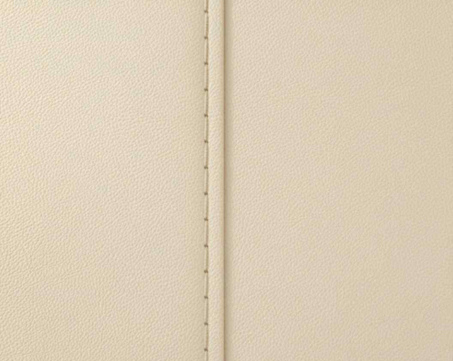 |
| Double Stitch | Extra durability for corners & stress areas | 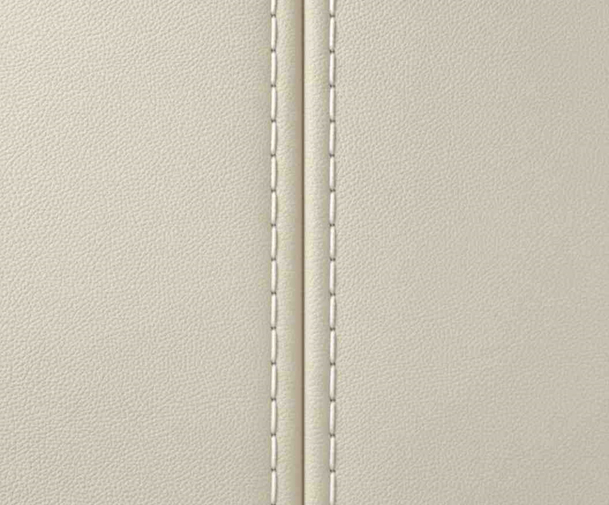 |
| Lock Stitch | Strong, secure main seams | 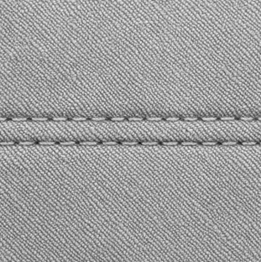 |
| Blind Stitch | Hidden, seamless appearance | 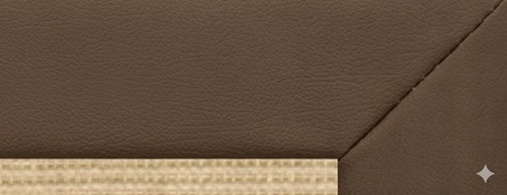 |
| Piping Stitch | Smooth, rounded borders with crisp detailing | 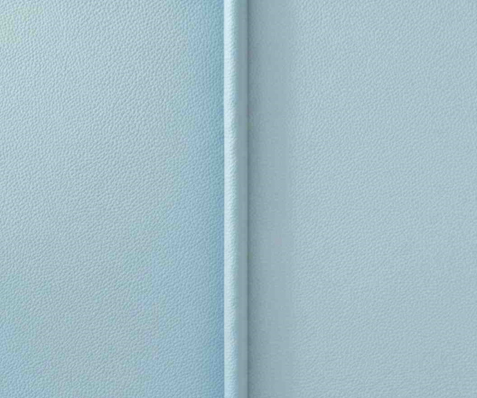 |
| Overlock Stitch | No fraying; clean, wrapped internal edges | 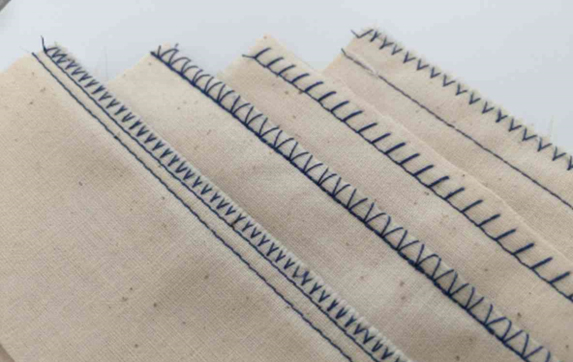 |
| Slip Stitch | Invisible closure for cushions | 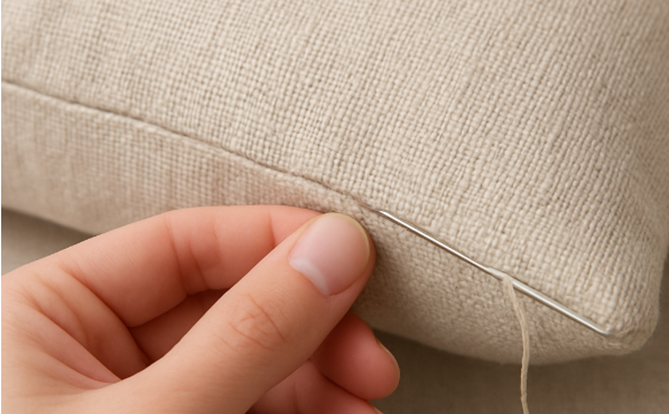 |
| Zig-Zag Stitch | Flexibility and reinforcement for stretch fabrics | 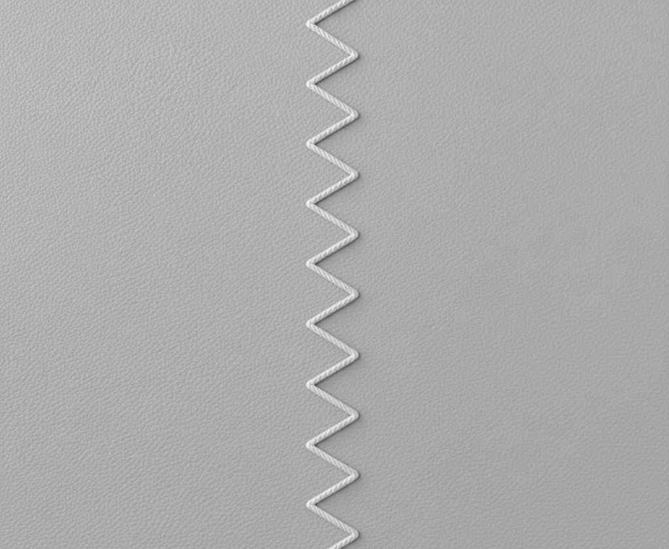 |
Signs of Poor Stitching That Show Up After a Few Months
Some stitching issues only become noticeable with regular use, revealing that the upholstery wasn’t done to a professional standard. These early warning signs can lead to quicker wear and costly repairs.
Common Indicators:
- Seams starting to open or pull apart
- Fabric loosening or sagging near seams
- Threads fraying, breaking, or coming loose
- Piping losing shape or detaching
- Wrinkles or puckering along stitch lines
Identifying these signs early helps prevent further damage and shows why strong, reinforced stitching is essential from the beginning.
Why Choose Topform Furnishing
Topform Furnishing brings a higher standard to sofa upholstery in Dubai, offering expert detailing, perfect finishing, and reliable comfort that lasts.
What Makes Us the Better Choice
- Customised upholstery with clean stitching, perfect tension, and premium finishing.
- Skilled experts using high-quality materials for durable results.
- Precise work on corners, curves, and patterns for a polished, premium look.
FAQs
1. How do I know if my sofa upholstery is done professionally?
Check for straight stitching, firm seams, smooth fabric tension, aligned patterns, and clean finishing on hidden areas like the backside and corners. These are the biggest signs of skilled work.
2. What type of stitching is best for sofas?
Double-stitching or lock-stitching is ideal because they provide extra strength for everyday use, especially in high-traffic homes.
3. Should piping be included in upholstery work?
Piping is optional, but it enhances durability and appearance. Good piping improves the sofa’s structure and gives it a premium finish.
4. Why is thread quality important in upholstery?
High-quality threads (nylon/polyester) resist tension, heat, and movement. Poor-quality threads weaken quickly and cause seams to open.
5. How long does good upholstery stitching last?
With quality threads and professional stitching, upholstery can stay strong for 8–12 years, depending on usage and fabric type.